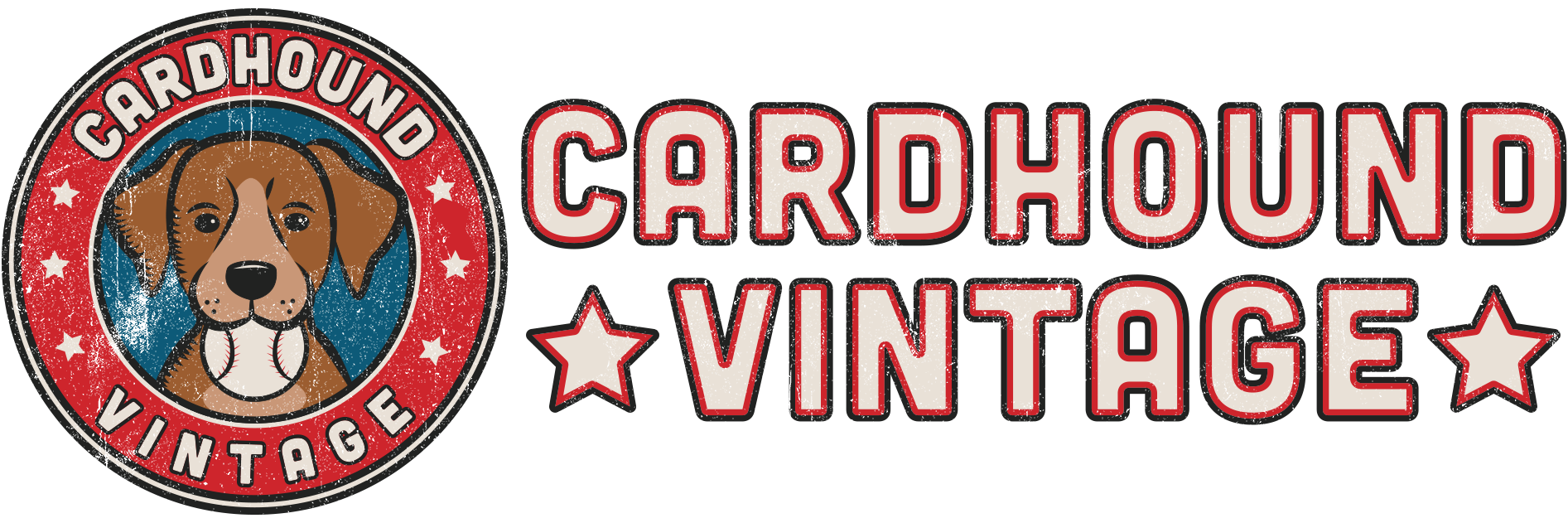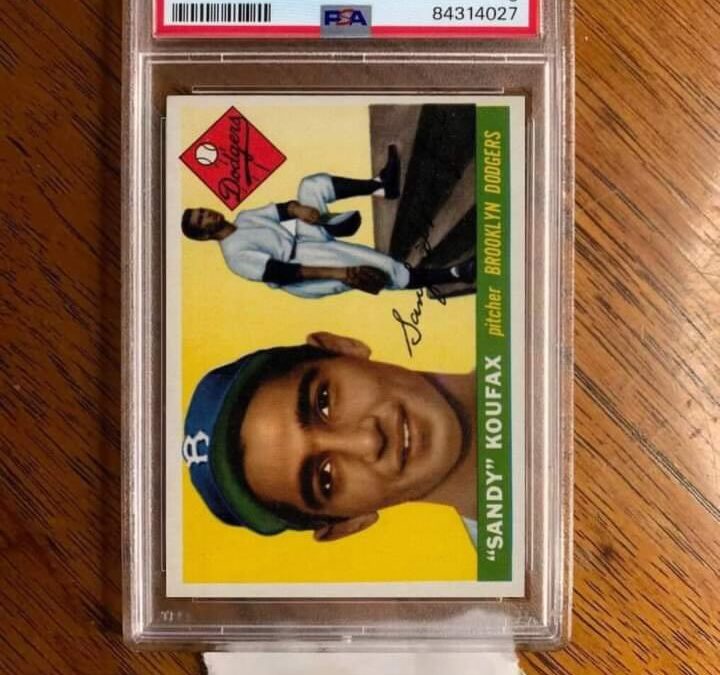Cardhound Vintage (please support Cardhound with a join! There is a free option) has written extensively about things like sniffing out counterfeits and simple tips for safe transacting online. I do not wish to reinvent those wheels here. Check them out–knowledge is power when it comes to staying safe when buying or selling, especially online. But I do want to talk about avoiding sports card scams specifically, since not everything about online safety pertains to scams.
In fact, when I receive complaints about deals gone bad in my group, mostly the issues are not scam related at all. Most are just sloppiness (slow shipping, bad packing, cards not as described, bad pictures, etc.). These are important topics, but they are not scams.
However, as Facebook group admin I have noticed a definite uptick in scam attempts recently. As a result, I wanted to check in with a couple of quick, easy strategies for avoiding almost all sports card scams.
- When the same card is listed under different names, this is . . . a bad sign.
Avoiding Scams is Your Responsibility
I don’t want to “blame the victim,” but I do want to talk about the your responsibility, whether as a buyer or a seller, in scam avoidance. Scammers will always have new tactics and be one step ahead of detection. As admin, I block one profile, and the scammer just makes another one. There’s only so much group admins can do. The rest is up to you.
You can study the scams until you’re blue in the face. Check sports card scammer databases. Inspect photos for evidence of Photoshopping. Check eBay for stolen pics. And the list goes on and on. All of this, while time consuming, is great regular practice. Learning the red flags (new profile, new to group, only accepts Cashapp, price too good to be true) is useful and important.
Personally, I do all of these things daily–but not for myself (I’ll never get scammed–read below). I sleuth these scams for the benefit of a group with a large and, too-often, naive and trusting membership.

This scammer was trying to sell via pictures of other members’ cards.

Same scammer. The name / date is Photoshopped, and the date is not written in typical U.S. order.
While it’s a great idea to know the details of the latest and greatest scammer techniques, I have an easier solution: just be scam-proof. It’s actually not that hard. It boils down to this: don’t obsess over looking for red flags. Look for green flags.
How to Avoid 99.9% of Sports Card Scams as a Buyer:
It’s simple: Only buy from well-trusted sources, and only pay with a method that includes goods and services protection.
No, really. That’s it. If you simply refuse to transact with someone with a new profile, new to a group, and who is requesting friends and family payment, then the scam is dead before it starts. Problem solved. Gravitate towards sellers with experience and history in a group. And even then, unless truly buying from an actual friend, pay with goods and services protection. These 2 simple steps would eliminate 99.9% of scams.
In almost every scam that has been reported to me, the buyer actually had a sense that the deal was too good to be true–but proceeded anyway–sometimes after I had advised them otherwise! Of course the blame lies with the criminal–but the buyer also has some responsibility. When you buy into obvious scams, purchase cards you know are likely counterfeits, or chase “too good to be true,” you perpetuate the scammer and scam culture and, I’ll say it, you are part of the problem. (Sorry, not sorry).
How to Avoid 99.9% of Sports Card Scams as a Seller:
Also simple: Require signature confirmation for anything of value, and purchase private insurance.
Just today, a seller contacted me about a Clemente rookie he sold. The package tracked by USPS as “Delivered,” but the buyer is opening a Paypal dispute for “item not received,” and claims not to have received the card.
A few things: 1) the buyer might be telling the truth–perhaps the card was stolen from their porch; 2) Paypal will likely side with the seller in this case, but in the meantime, the seller’s account is locked; and 3) this is totally avoidable with Signature Confirmation, which is about $4. To be doubly-insured as a seller, buy private insurance, which is not particularly expensive.
Yes, these both result in an extra expense–but I charge buyers for shipping, and most are happy to pay for the extra assurance that the card will arrive safely.
Key Takeaways
- Understanding scams is important, but most are very easy to avoid.
- Buying from known good sellers and using goods and services payment eliminates almost all buyer scams.
- Signature confirmation and insurance eliminate almost all chances for loss as a seller.








Is the Koufax available?
Haha, you’d have to find the actual owner to ask!
Asking a seller to coin via Video makes it quite a bit harder than the name/date on a sticky in a still photo.